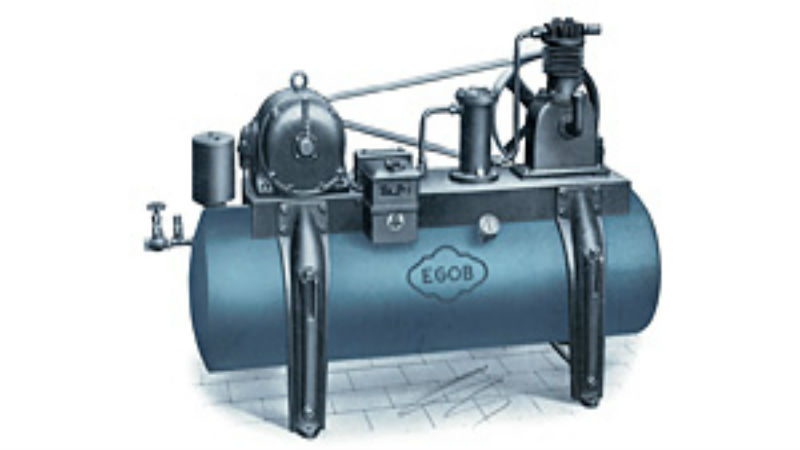The Micro Motion Coriolis meter can be used to measure both flow and density. The meter uses advanced theory and technology in all measurements to provide a highly accurate reading in a wide variety of systems and applications.
To understand how these flow meters are so accurate, a simple working explanation of the design and technology is helpful. The meters are easy to install on any system, making them an excellent choice for most processes and systems.
The Basics
The design of the Micro Motion Coriolis meter is uncomplicated but very accurately and precisely developed. The process liquid comes into the meter and is divided into two equal streams carried through two parallel and identical tubes.
These tubes have pickoffs mounted across from each other. The pickoffs are magnet and coil assemblies that create a sine wave as a drive coil stimulates the tubes to oscillate away and towards each other.
The pickoff sine waves voltage differences between the motion of one tube compared to another can be measured. This difference is known as the Delta-T measurement, which correlates to the difference in the time between the sine waves at the pickoffs.
Readings and Measurements
The difference in the two tubes when there is a flow present causes a twisting of the tubes, resulting in asynchronous sine waves created at the pickoffs. This motion is a result of the Coriolis forces in the tubes. When there is no flow through the tubes the sine waves will be in-phase, resulting in a zero reading through the meter.
The greater the difference in the sine waves, the Delta-T measurement, the greater the flow rate. The measurement is completed at the natural frequency of the tubes. As the density of the process liquid changes, the vibration frequency of the tubes, also changes, providing a reading of the density of the fluid through the Micro Motion Coriolis meter.


